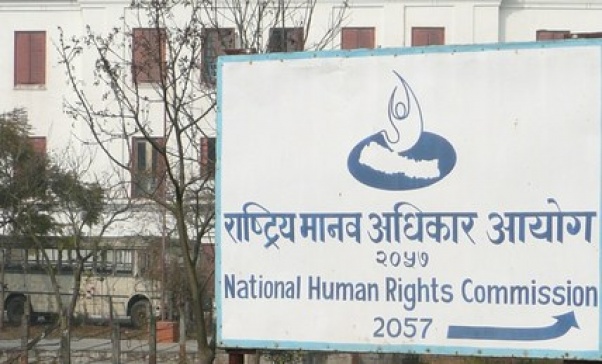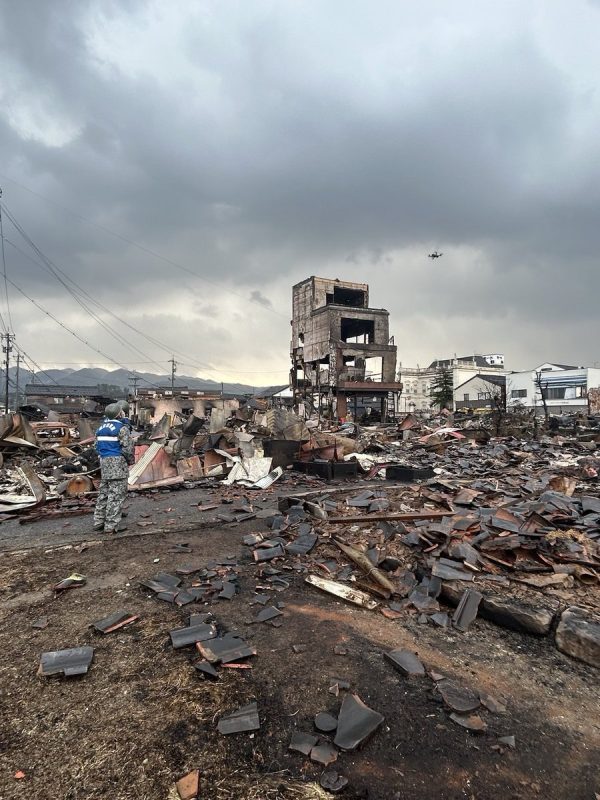



Japan is a land of earthquakes, with about 20 percent of the world’s earthquakes with a magnitude of 6.0 or greater occurring in the nation. The latest giant earthquake rocked the Noto Peninsula in central Japan on January 1. As of January 31, deaths attributed to the earthquake have reached 238, with 19 people still missing. Leo Bosner, a retired disaster specialist of the U.S. Federal Emergency Management Agency (FEMA), discusses Japan’s disaster management. Bosner emphasizes that Japan's biggest problem in disaster response is not a lack of hardware, it’s a lack of planning, organizing, and interagency coordination. He suggests that Japan should critically examine the Noto response and improve its disaster response system. Bosner also highlights the importance of coordination and interagency cooperation in disaster management, citing the example of FEMA in the United States. He recommends that Japan strengthen its interagency coordination and develop a comprehensive disaster response plan. Bosner believes that Japan does not need a separate agency like FEMA, but rather should enhance the role of its existing Fire and Disaster Management Agency (FDMA) and promote coordination among different ministries. He also emphasizes the importance of local governments and citizen preparedness in disaster response. Bosner concludes that Japan's disaster management should focus on planning, organizing, and interagency coordination rather than hardware like hospital ships. [21c08f20]
In a related development, the Government of Italy has signed an agreement with the UN Office for Disaster Risk Reduction (UNDRR) to strengthen early warning for early action systems in Kenya. Italy is providing EUR 1.5 million over the period of 2024-2027. The agreement was signed by Mr. Kamal Kishore, the Special Representative of the UN Secretary-General for Disaster Risk Reduction and the Head of UNDRR, at the Embassy of Italy in Nairobi with Ambassador H.E. Roberto Natali. Kenya faces threats from hazards such as flood and drought, and an early warning of 24 hours can reduce damages by 30%. Only 45% of countries in Africa report the existence of such systems. The UN Secretary-General launched the Early Warnings for All initiative to address this gap, supporting regional efforts like the African Union's Africa Multi-Hazard Early Warning and Early Action System (AMHEWAS) Programme. UNDRR's Regional Office for Africa will enhance the implementation of the programme in Kenya by strengthening DRR coordination and risk governance mechanisms. This includes training national officials on the use of an open-source system for real-time monitoring and forecasting of natural hazards. Italy's contribution will enhance disaster resilience in Kenya and save lives and livelihoods. [6da9335e]
The National Human Rights Commission (NHRC) in Nepal has urged all tiers of government to enhance their efforts in disaster risk reduction (DRR) by prioritizing prompt, safe, and technology-enhanced approaches. NHRC called for improving accessibility to disaster early warning systems, updating established early warning systems and rainfall measuring stations, and ensuring effective implementation of the Disaster Risk Reduction and Management Act. NHRC emphasized the need for a 'human rights-oriented development approach' and urged diplomatic dialogue with India to mitigate potential risks in bordering areas. The commission also stressed the need for providing essential technical equipment for disaster management. NHRC disclosed consultations with key agencies on disaster preparedness, response, and management. Nepal has witnessed 3,052 fatalities and 791 missing persons in monsoon-related disasters over the past decade. [7bb7e177]
The United Nation's multisectoral Rapid Response Mechanism (RRM) has addressed urgent humanitarian needs in Yemen, with 75,698 individuals displaced due to armed conflicts and severe weather events. Of those displaced, 71% were affected by climate-related crises and 29% were driven from their homes by the conflict. The RRM has delivered lifesaving relief to 96% of registered individuals across 18 affected governorates, with 22% of those assisted being female-headed households, 8% persons with disabilities, and 11% elderly individuals. Additionally, 6,830 households have received multi-purpose cash assistance from IOM/CCY, and 5,319 households have benefited from one-off general food assistance provided by the WFP. The RRM has shared its data with humanitarian organizations and clusters to facilitate second line responses. [b51b4b01]